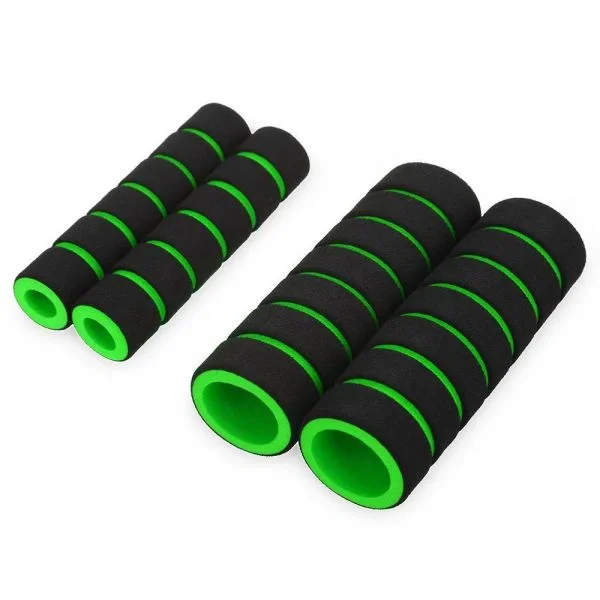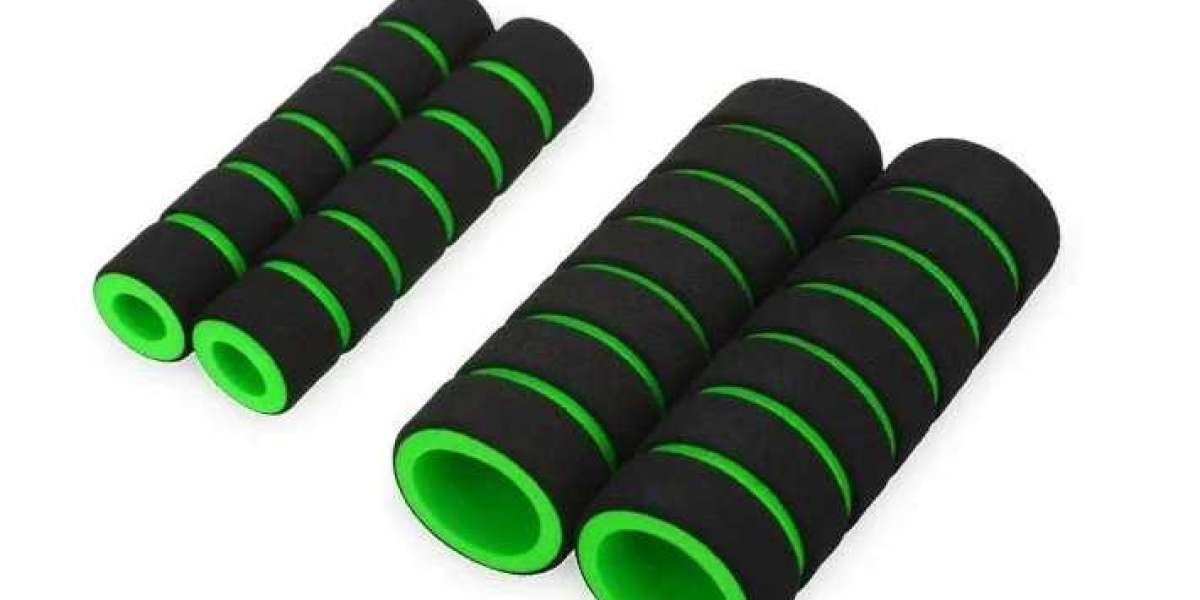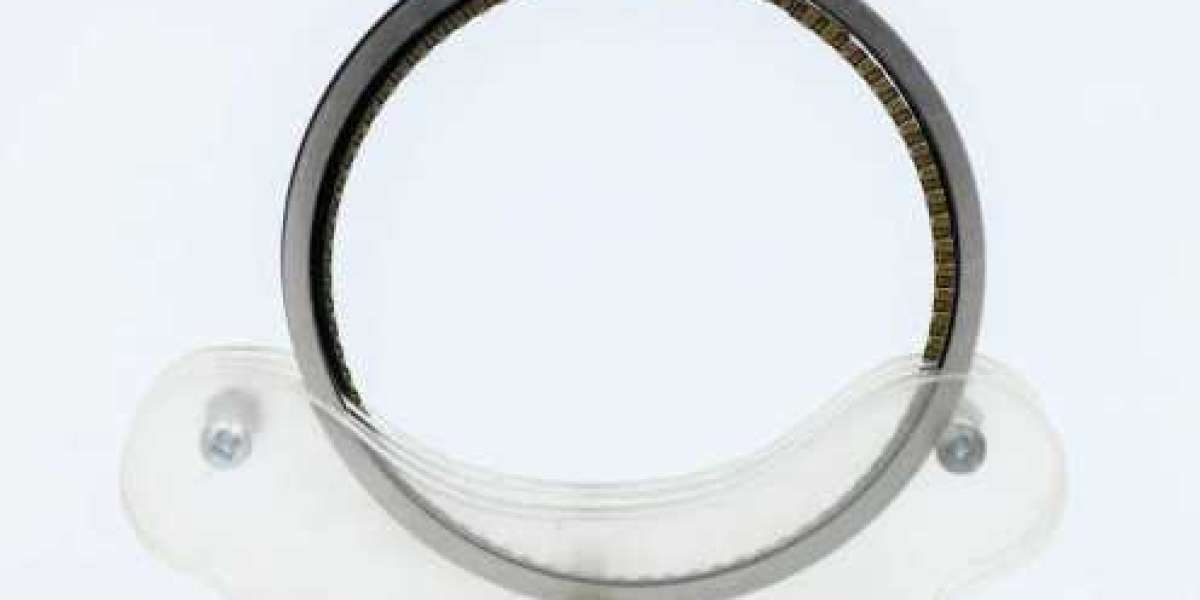Rubber and plastic grips are essential components used in various industries and applications. They provide comfort, control, and safety by enhancing the grip of objects. This article aims to provide a comprehensive overview of rubber and plastic grips, including the types, manufacturing processes, applications, advantages, and environmental considerations associated with them.
Types of Rubber and Plastic Grips
Rubber and plastic grips come in a wide range of types, each designed to cater to specific needs and requirements. Some common types of rubber grips include foam rubber grips, molded rubber grips, and extruded rubber grips. Foam rubber grips are lightweight and provide cushioning, making them suitable for applications where comfort is crucial. Molded rubber grips are custom-made and offer excellent durability and resistance to wear and tear. Extruded rubber grips are cost-effective and can be easily customized to fit different shapes and sizes.
Similarly, plastic grips also offer a variety of options. Injection-molded plastic grips are popular due to their versatility and ability to be produced in complex shapes. Thermoformed plastic grips are lightweight and provide a good grip, making them suitable for handheld tools. Overmolded plastic grips combine the benefits of different materials, such as rubber and plastic, to provide enhanced grip and comfort.

Manufacturing Processes
The manufacturing processes for rubber and plastic grips vary depending on the type and complexity of the grip. For rubber grips, the most common manufacturing processes include compression molding, injection molding, and extrusion. Compression molding involves placing uncured rubber into a mold and applying heat and pressure to shape it. Injection molding uses a similar process but involves injecting molten rubber into a mold under high pressure. Extrusion, on the other hand, involves forcing rubber through a die to create continuous shapes.
Plastic grips are typically manufactured using injection molding, which involves injecting molten plastic into a mold and allowing it to cool and solidify. Thermoforming is another common process for plastic grips, where a plastic sheet is heated and then molded into the desired shape using vacuum or pressure.
Applications of Rubber and Plastic Grips
Rubber and plastic grips find applications in various industries and products. In the automotive industry, they are used in steering wheels, gear shifters, and handbrakes to provide a comfortable and secure grip. In the sports and fitness industry, they are used in handlebars, racket handles, and dumbbells to enhance grip and reduce fatigue. In the medical field, they are used in surgical instruments, dental tools, and prosthetics to ensure a firm grip and reduce slippage.

Advantages of Rubber and Plastic Grips
Rubber and plastic grips offer several advantages over other materials. Firstly, they provide enhanced grip and control, reducing the risk of accidents and improving overall safety. They also offer cushioning and comfort, making them suitable for applications where prolonged use is required. Additionally, rubber and plastic grips are durable, resistant to wear and tear, and can withstand harsh environmental conditions. They are also easy to clean and maintain, ensuring longevity and hygiene.
Environmental Considerations
When considering rubber and plastic grips, it is important to address the environmental impact associated with their production and disposal. Rubber grips, especially those made from natural rubber, are biodegradable and have a lower carbon footprint compared to plastic grips. However, synthetic rubber grips, which are more commonly used, are not biodegradable and can contribute to landfill waste.
Plastic grips, on the other hand, are generally not biodegradable and can persist in the environment for hundreds of years. However, efforts are being made to develop biodegradable and eco-friendly alternatives to traditional plastic grips, such as those made from bio-based polymers or recycled materials.

Conclusion
Rubber and plastic grips play a crucial role in providing comfort, control, and safety in various industries and applications. Understanding the different types, manufacturing processes, applications, advantages, and environmental considerations associated with rubber and plastic grips can help in making informed decisions when selecting and using them. As technology advances, it is important to continue exploring sustainable alternatives to minimize the environmental impact of these essential components.
Related News:Uncovering the Durability and Longevity of Rubber and Plastic Grips








